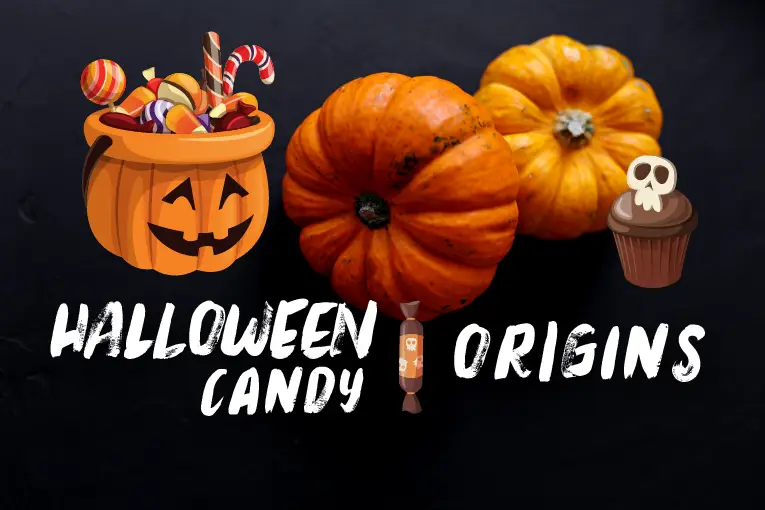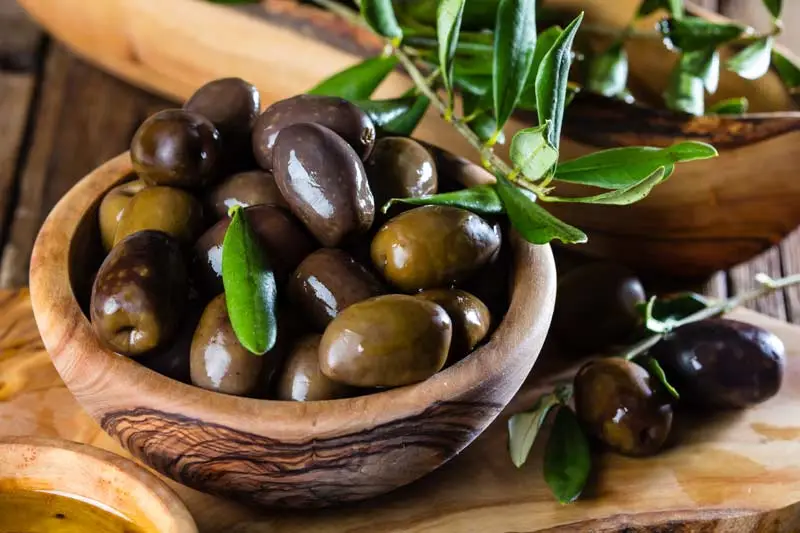Halloween has been a holiday for centuries, and its origins are steeped in history. It is believed that Halloween began as a pagan festival honoring the dead. Celts would light bonfires and offer sacrifices to their gods in hopes of warding off evil spirits. As Christianity spread through Europe, Halloween became a day to honour saints and martyrs. In the eighth century, it’s been alleged Pope Gregory III declared November 1st All Saints’ Day, and the evening before became known as All Hallows’ Eve.
Over time, Halloween evolved into the holiday we know today. Trick-or-treating and giving out candy are two traditions that have become synonymous with Halloween. It is believed that these customs originated with the medieval practice of “souling.” Poor people would go door to door begging for food in exchange for prayers for the dead. In time, this practice morphed into children dressing up in costume and asking for candy. Today, Halloween is celebrated all over the world, and children continue to enjoy the tradition of trick-or-treating and collecting Halloween candy.
How trick-or-treating became a tradition
If those those Celtic traditions are true and Halloween did in fact evolve from safety from spirits, into one of children’s trick-or-treating in costumes for candy, just what happened? According to the fifth edition of Holiday Symbols and Customs, in as early as the 16th century, it was customary in England for those who were poor to go begging on All Souls’ Day, and children eventually took over the custom. At the time, it was popular to give children cakes with crosses on top called “soul cakes” in exchange for prayers on your behalf.



